WHAT’S THIS EPISODE ABOUT?
What You Need for a Solo Podcast Setup…
We’ve talked on the show before about different types of episode formats, basic equipment, and what you need to get started, but today…we’re covering just the solo podcast recording setup.
This includes just 3 important elements I want to focus on:
- Environment
- Microphone
- Software
Now, let’s dive into each one individually…
1. Solo Podcast Environment
This is one of those concepts I wish I would’ve been told before I got started…
“You could have a $5,000 microphone, but if your enviroment isn’t properly set up to absorb your voice (and only your voice) you could be wasting your time.”
What does that mean?
Well, I have an office in my house. My office has tile floors. When I first started, the only furniture in there was a desk, office chair, and one book shelf.
No rug. Nothing hanging on the walls. Nothing to stop the sounds from bouncing around like a ping pong ball and creating a terrible echo!
Unless you pay attention to acoustically treating the environment you’re recording in (think drapes, acoustic blankets/foam panels, or deciding to record in your closet), the audio you’re receiving may not sound great.
We’re not going for perfect audio, but we are definitely trying to get the best optimal sound possible!
Joined the Bootcamp Yet?
This is our FREE 5-day Podcast Video Series that walks you through the basics of podcasting!
2. Solo Podcast Microphone
After talking about your recording environment, I feel it’s important to mention your podcast microphone. Not because the sticker price matters or you have to buy a certain one, but because if your settings aren’t right on your mic…you could be in BIG trouble!
What Settings Are Important?
The microphone I started recording with (Fifine USB from Amazon) is a plug and play. Meaning, there are no settings. You literally plug it into your computer and go. There’s not even an ON & OFF switch.
But then I upgraded to my Blue Yeti mic that I’ve used for quite some time and there are some settings to pay attention to:
Gain
This is what controls your input level into the mic. How loud you want your voice to be as it enters the mic. Since I’m a naturally loud person, I set my Gain right in the middle of the setting, tested it out, and then moved it up or down according to how it sounded.
Selecting the Right Recording Input
Particularly on the Blue Yeti, there’s another setting that has 4 recording options:
- Stereo
- Cardioid
- Omnidirectional
- Bidirectional
*Check out the pic below for recording uses.
3. Solo Podcast Software
The last thing we need to cover today is podcast software. I’ve used Audacity since day 1. It’s FREE. It’s easy to use once you understand the basics. (Make sure and watch the video below on editing in Audacity.)
But really understanding your podcast software and getting the basics down is so important. You don’t need fancy software to edit your podcast.
You just need patience and the motivation to get through the learning curve of new technology.
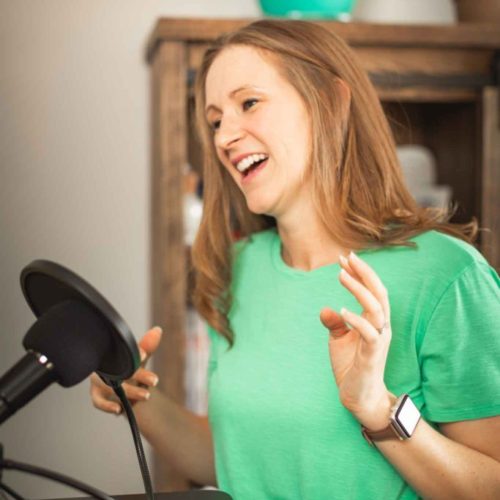
Recap: Solo Podcast Setup for Recording
- Environment
- Microphone
- Software
Links Mentioned in This Episode:
- Audacity
- The Ultimate Podcast Checklist
- ProffittPodcasting.com
- Proffitt Podcast Online Community Facebook Group
- Podcast YouTube Channel
- Resource Library
- 5-Day Podcast Bootcamp
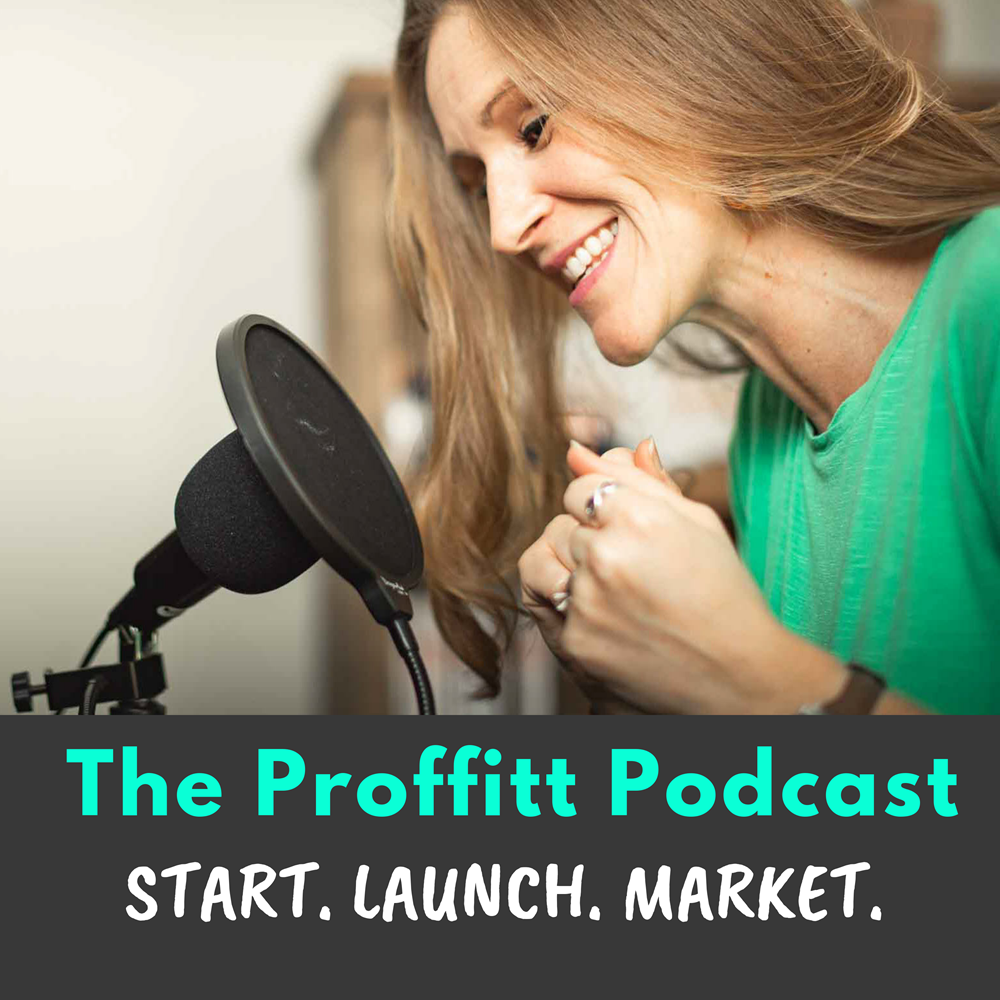
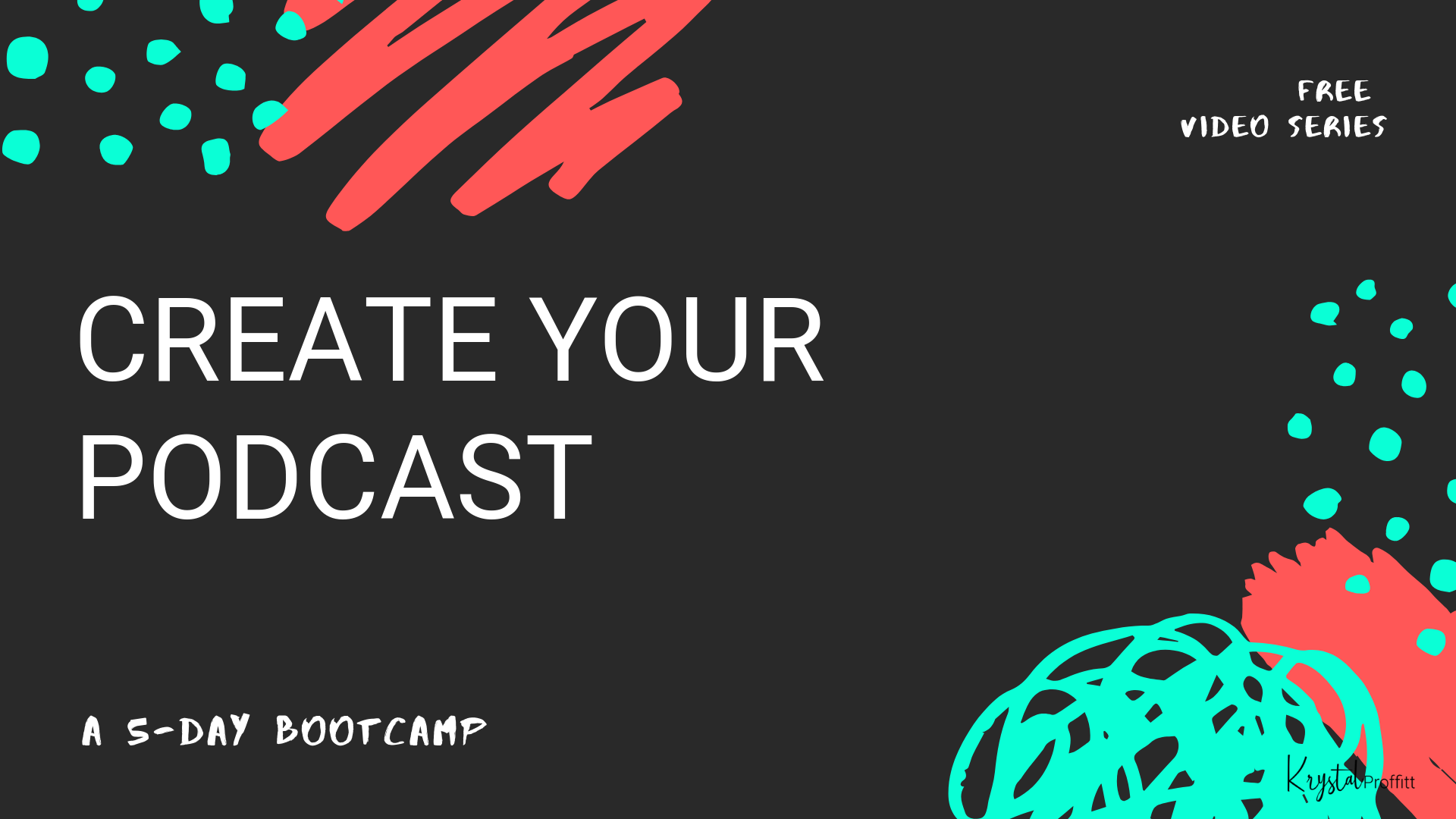
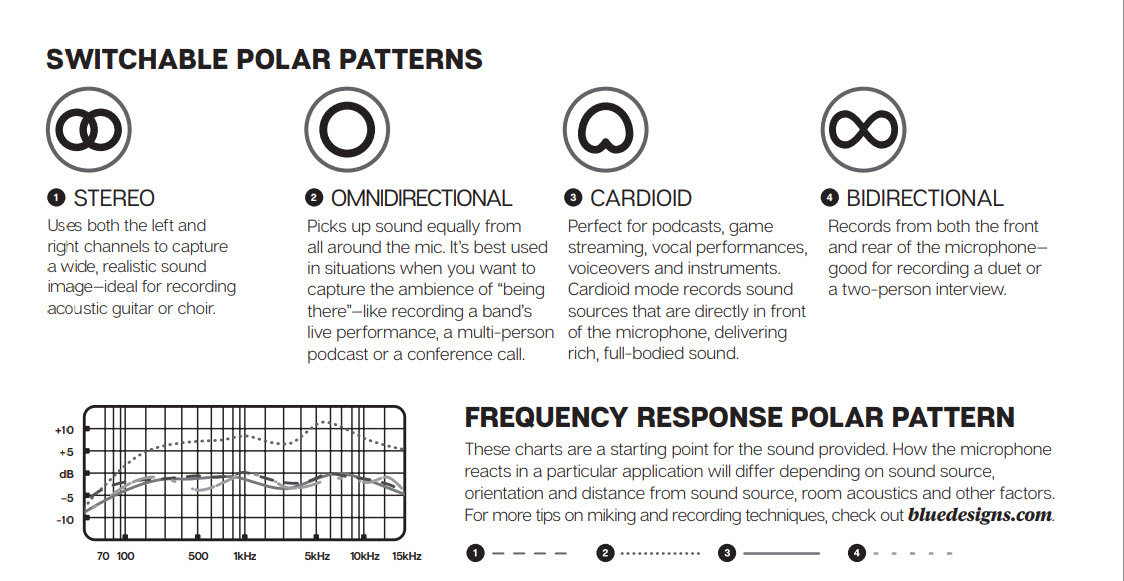

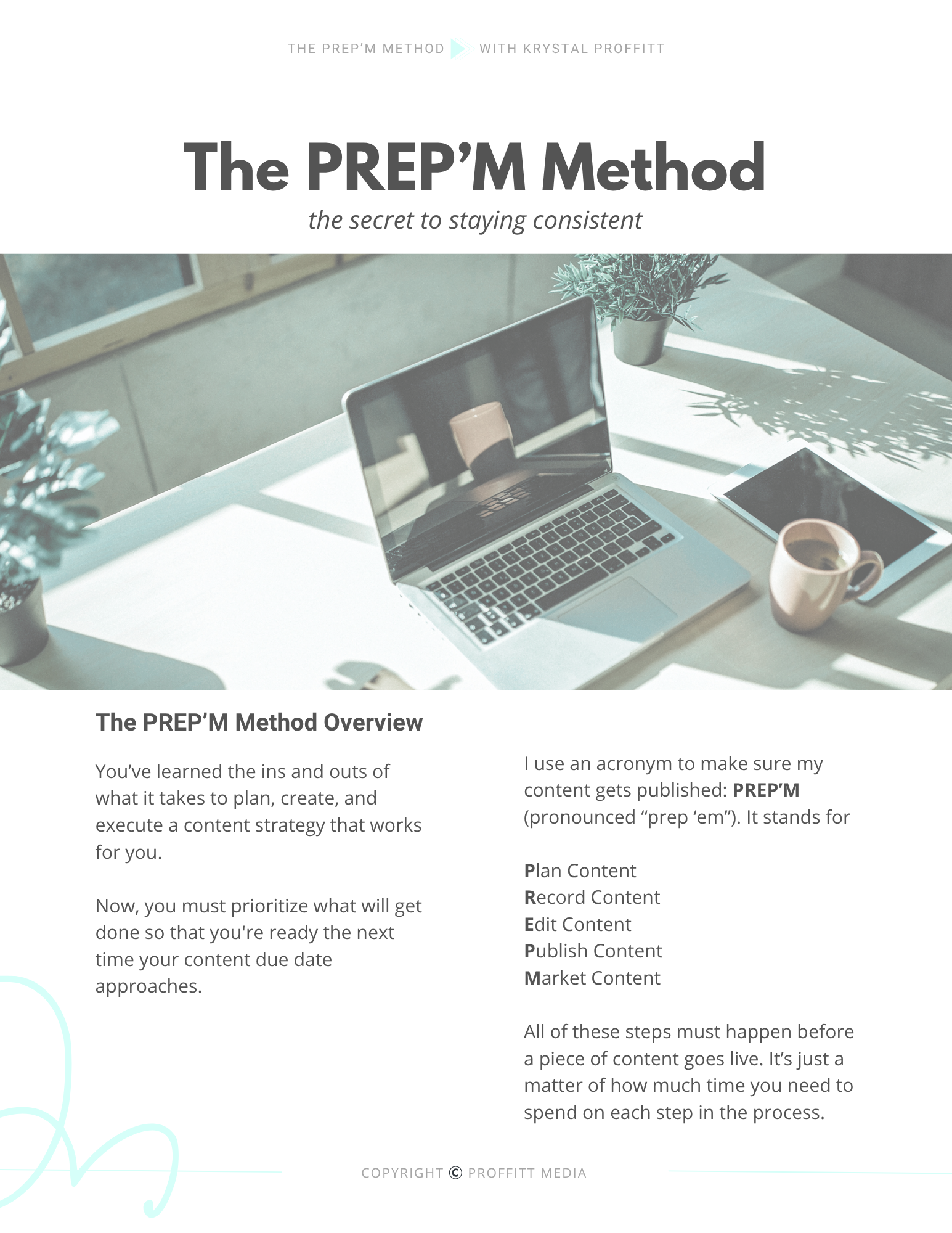
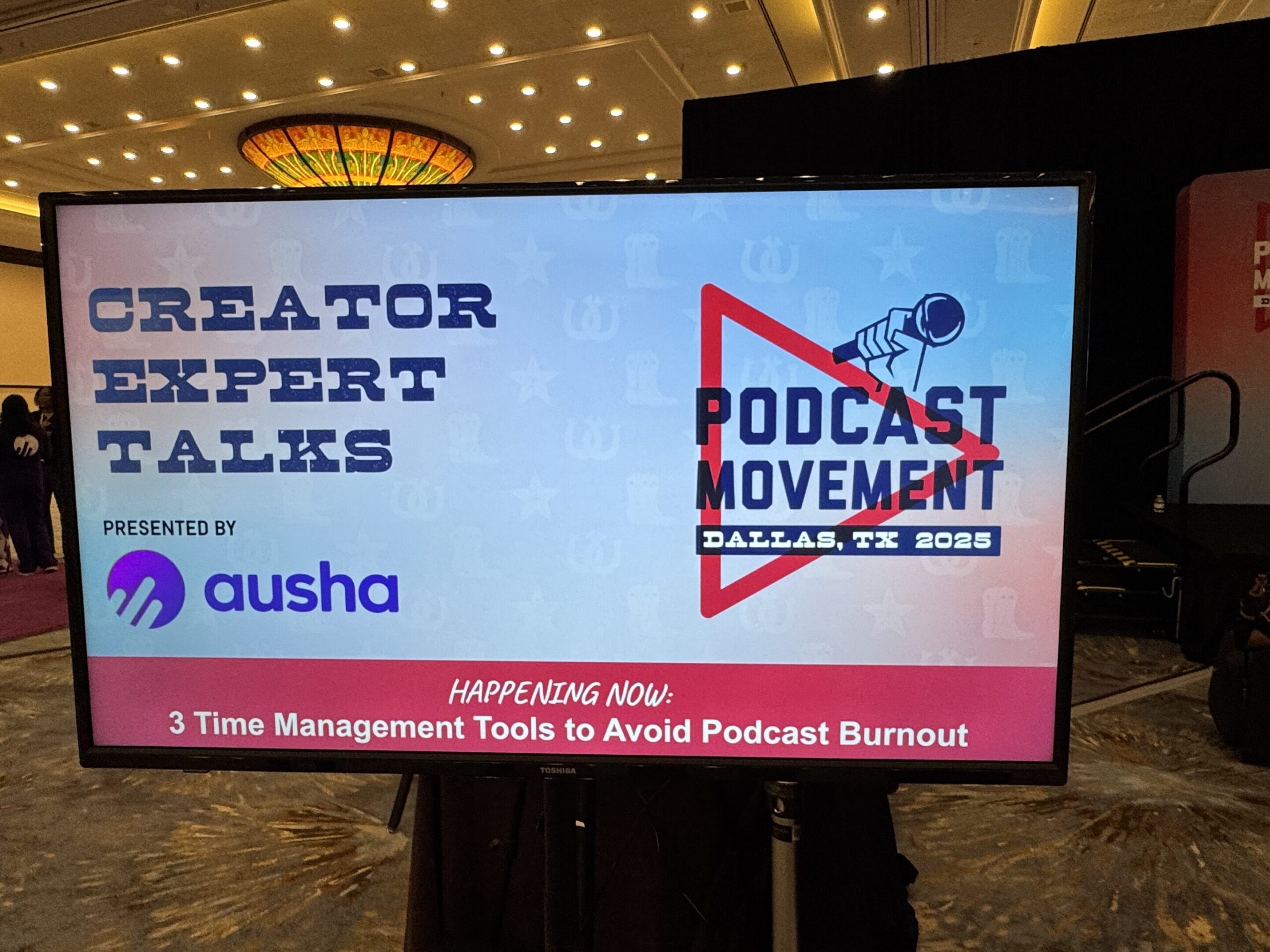
Comments +